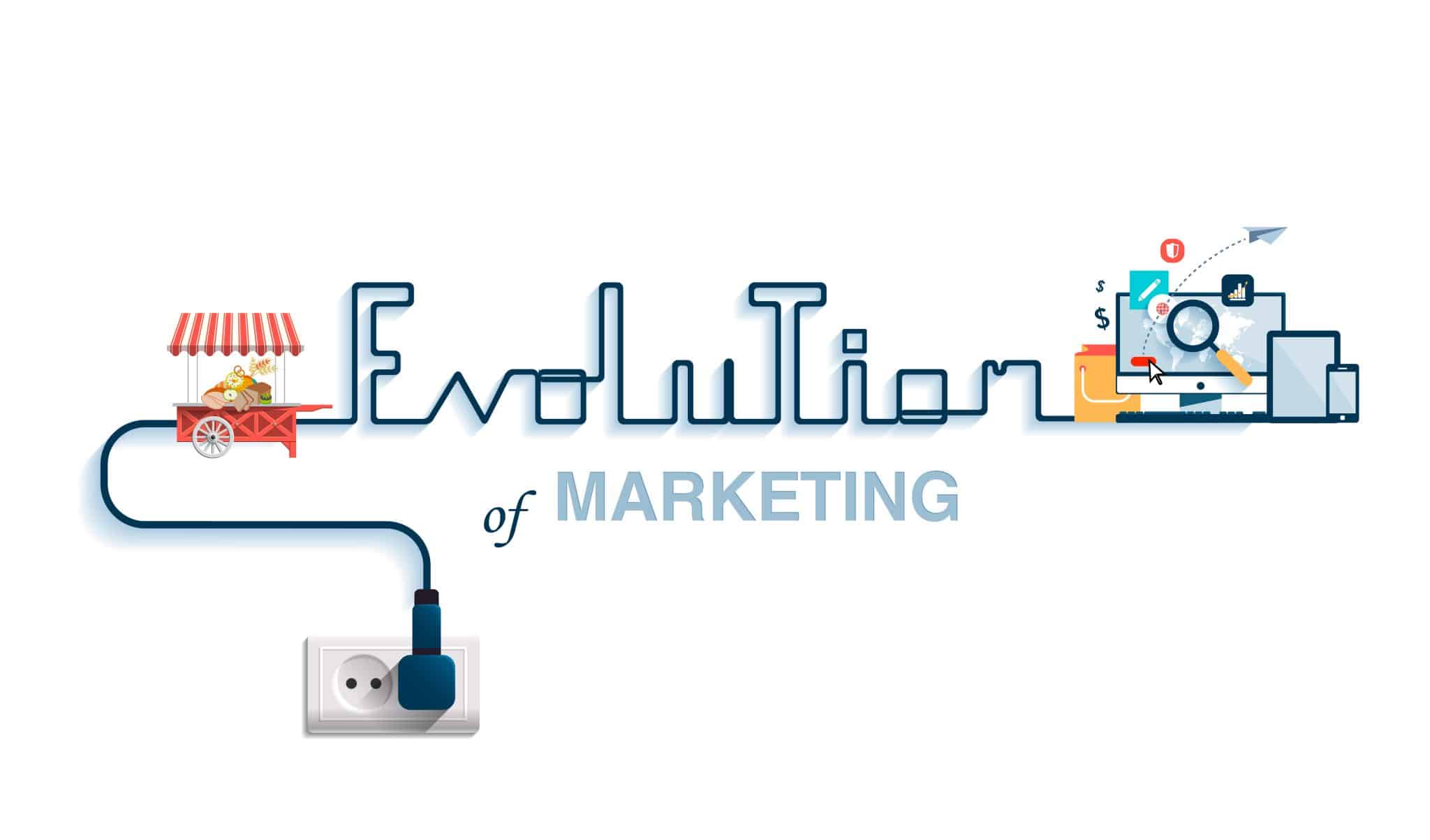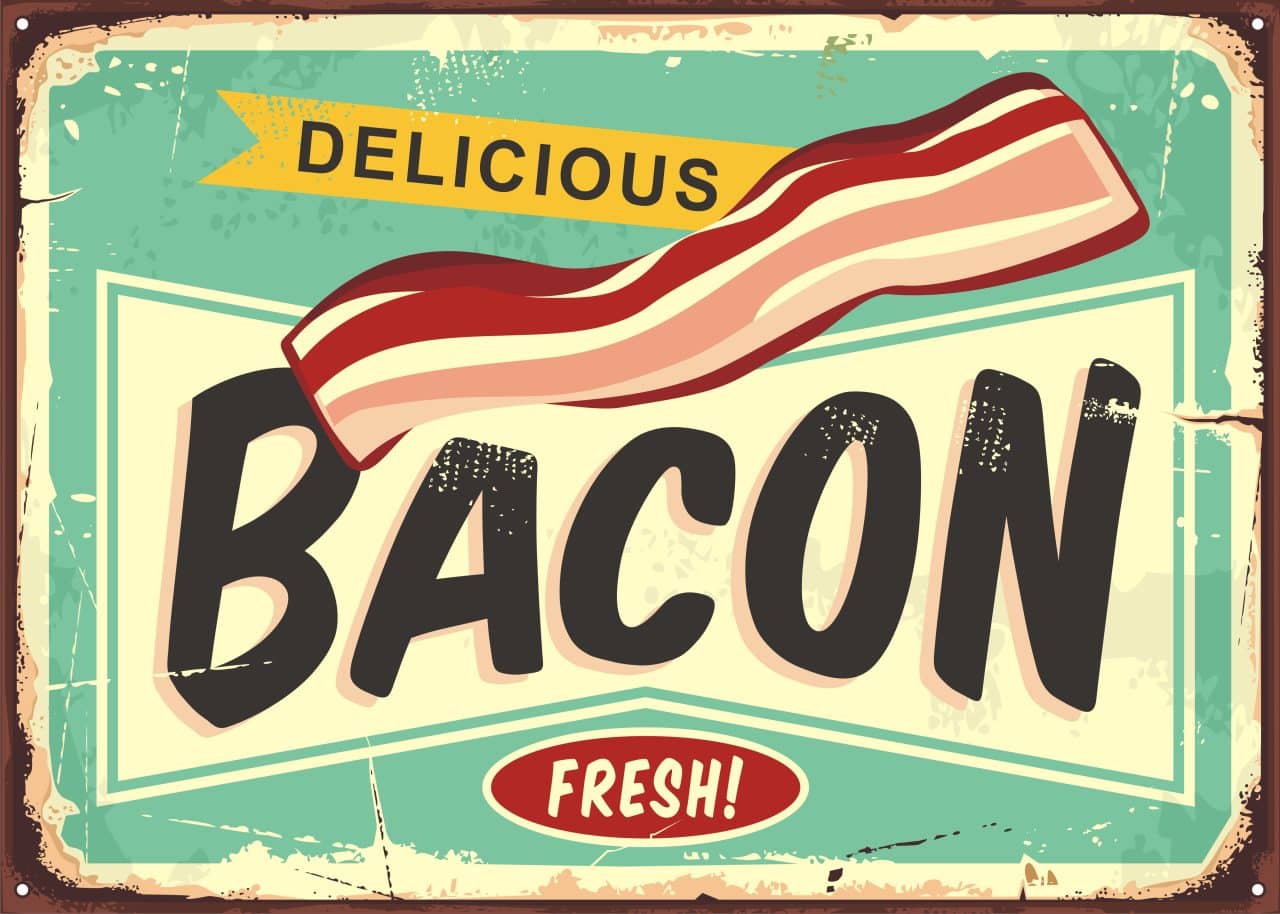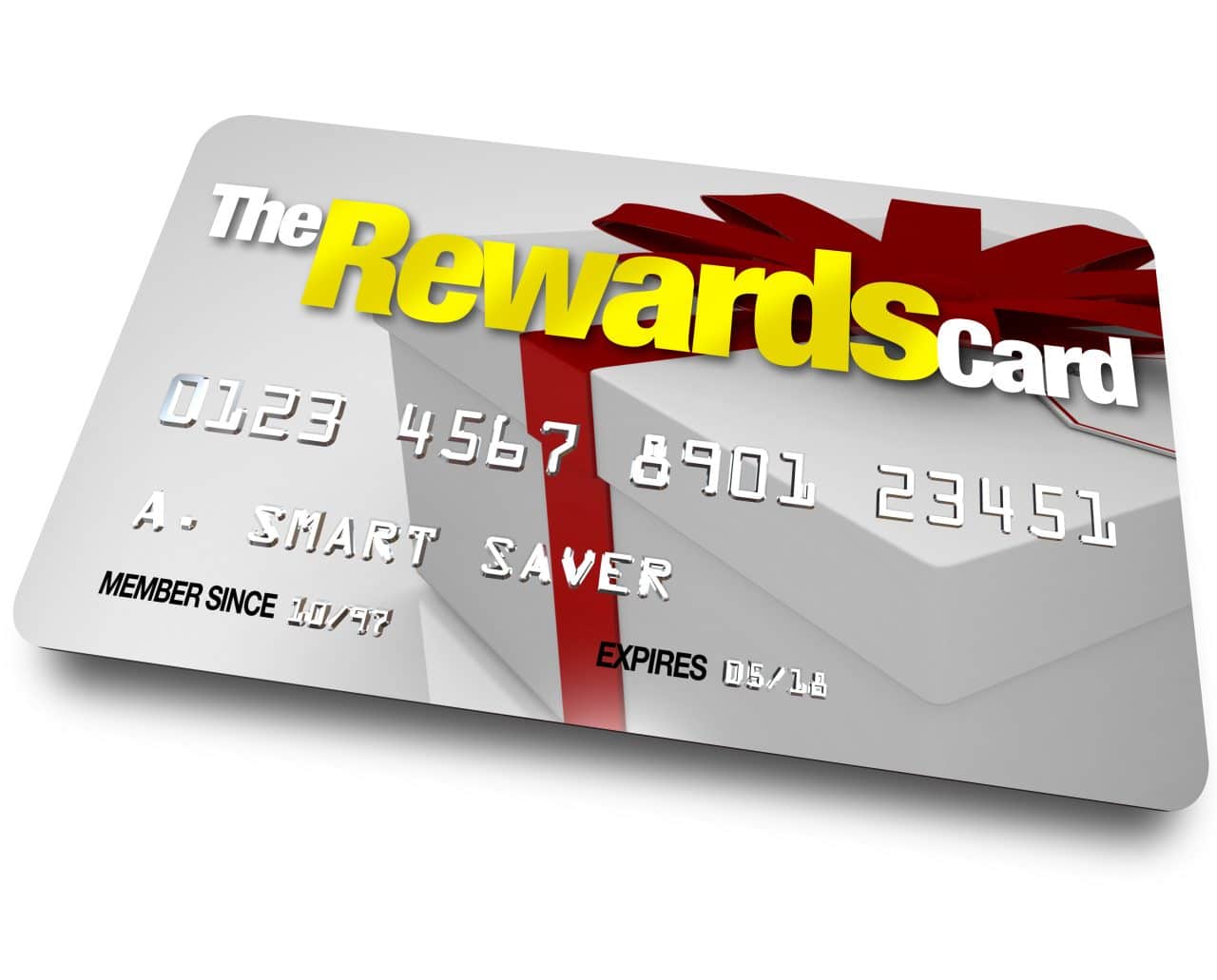Table of Contents
The evolution of marketing isn't just a simple history of marketing. Knowing about it can also help us anticipate what it might look like tomorrow.

Marketing has always been – and will always be – critical to a company’s business plan. For as long as consumers have needed a product, marketing has been there to help inform them of all the potential options they have.
At its very core, marketing is informing potential customers about your product or service, why they need it or how it’d solve their issues, and why they should choose your company over a competitor. The more informed a customer is about your company’s offerings and brand, the higher the likelihood they will purchase from you.
Beyond sales alone, marketing is also important in building and maintaining your company’s brand reputation. Take Tesla for example – their marketing efforts over the last decade has positioned them as a leader in electric vehicles and the clean energy sector in general. This positioning is in large part because of their successful branding campaigns.
Although marketing has been around for decades, it hasn’t always been how we think of it today. Tesla’s approach would look drastically different if they had been around 100 years ago. Overtime, marketing has gone through four main eras to get to its current evolutionary state today.
How Has Marketing Changed Overtime?
Marketing has gone through a few iterations of what it looks like – both to the company and to the customer. Since the 1900s, there have been various marketing methodologies implemented by companies to get consumers to buy their product. These different marketing approaches can be boiled down into four main marketing eras:
- Production Era
- Sales Era
- Marketing Era
- Relationship Era
- Digital Era is sometimes considered a fifth
The key differences between all of these eras of marketing are what they focused on. In the early days, marketing was more manufacturer and company focused. As more competition entered the marketplace, that perspective shifted to be more customer-centric. This evolution of marketing is what’s given us our current way of advertising to consumers in today’s digital world.
Production Orientation – 1900s to the 1930s

This marketing era focused on the product itself and how companies could make it cheaper and more efficient to produce. With this added focus on quicker and cheaper, this era also focused on manufacturing efficiencies to increase quantities to meet demand. The Industrial Revolution is a prime example of the production orientation of marketing.
Customers perceived products having the most value based on their price and availability. The cheaper a product was and the easier it was to get, the higher the value was in the consumer’s mind.
When it came to marketing their products, businesses would focus on their low price to beat competitors. Ads would focus on educating the customer about their product and were very information heavy. Companies believed they could sell just about anything if the price was right to the buyer.
A downside to this type of marketing is that manufacturers were likely to ignore their customer’s needs and wants, and only focus on building a cheaper product. While that might sound good on the surface, if the new product didn’t fully solve the customer’s issue or meet their expectations, it would have ultimately left them unsatisfied.
This can work if you have no competition, but it leaves a wide gap for another company to come in and actually satisfy your consumers’ wants. Which is exactly what happened when the sales orientation rolled around during the marketing evolution…
Sales Orientation – 1930s to the 1940s

Overtime, more competition entered the marketplace, so companies had to change their marketing tactics to gain a competitive advantage. This is where the sales orientation came into play during the early 1930s.
In a nutshell, companies focused on sales volume rather than customer satisfaction. This era relied heavily on marketing promotions to encourage their consumers to buy their product. Buy one, get one free is a ubiquitous example of sales orientation marketing.
Advertising efforts shifted from the text and information heavy ads of the production era to eye-catching promotions of the sales era. Print, radio, television, and door-to-door sales became popular in this time. Companies would pressure their consumers into buying more rather than focusing on improving their product to satisfy a want or a need that their customers had.
Instead of building a relationship with their customer, businesses were solely focused on increasing sales numbers. This left consumers unsatisfied with the products they had to choose from.
Marketing Orientation – 1940s to the 1970s

Eventually companies realized that focusing solely on their business needs and bottom line left the customer unsatisfied and unlikely to return. This is what ushered in the marketing orientation which started in the 1940s. Companies started taking the time to understand their customers’ wants and needs, and developed products that were actually a solution to their issues.
The days of simply having the cheapest price or best promotional offer were gone. This phase of the evolution of marketing started to shape how we view marketing today – by putting the customer first.
To help address their consumer’s needs more efficiently, companies started market segmentation. They would first identify the problem, then segment their entire customer base to their specific buying goals. The final step would be to offer unique products to each group to satisfy their specific needs. Because of this, the marketing orientation era saw a lot more market research happening than the first two eras.
The marketing orientation also shifted the eye-catching promotional ads from the sales era into more iconic ways of advertising. Some ads wouldn’t even show the product they were advertising, but would illustrate an aspirational way of living that could only be achieved through buying their products.
While the marketing orientation started aligning more closely with the consumers’ needs, there was a missing piece to the puzzle that the social orientation helped fill.
Social Orientation – 1970s to Today

Sometimes referred to as the Relationship Orientation, this marketing era focused on social relationships with the customer. This came in two main forms – building a relationship with their customer through high-quality products and loyalty programs, and through social responsibility programs by being a steward for the environment and the welfare of communities.
This phase of the evolution of marketing helped bridge the gap between the short-term wants of the consumer and the long-term impact product manufacturing can have on the environment. The sales orientation started in the 1970s after numerous companies were revealed to be unethical in their business practices.
The social orientation of marketing has led to companies innovating more to differentiate their products and brands from the competition. Electric cars and their constant improvements to help slow climate change is a great example of bringing about needed and innovative products to affect change. Another common example of companies in today’s social orientation is installing solar to cut their carbon footprint and show their commitment to creating healthy communities where they operate.
While it takes more work for the business to both satisfy the customer and also ensure they’re looking out for the welfare of society, it can also be an added benefit for them. For example, companies that are environmentally-friendly typically have a better brand reputation than their competitors. When there are so many products consumers can choose from, digging a little deeper and researching a brand’s social responsibility initiatives can be the difference between winning a consumer’s business and losing it.
Digital Marketing Today

While not typically considered one of the core four marketing orientations, digital marketing has definitely played into the evolution of marketing. With the advent of the internet in the 1990s came new and innovative ways to market a product or company.
Most people are online today in some form or capacity. Many businesses have switched their focus away from more traditional advertising avenues, like print and direct mail, to meet their customers online. Digital advertising also has an added benefit of being more effective and cheaper than traditional forms of marketing.
Arguably the biggest contributing factor to the rise of digital marketing is cell phones. Having the internet at your fingertips basically at all times has more people surfing the web and scrolling social media than ever before. Consumers have more choices than any time in history, which makes the company’s relationship with their audience even more crucial.
Consumers now have the freedom to skip ads and follow only the brands they want to through social media. If a potential buyer doesn’t agree with your business ethics or have any interest in your product, it’s as easy as a click of a button to remove you from their feed. By combining the lessons learned in the social orientation era with meeting their consumers in the digital world, companies can gain a significant competitive advantage over their competition.
How the Evolution of Marketing Can Inform Your Marketing Strategies Today
By looking back on the evolution of marketing, we can see what worked, what didn’t, and what innovations in marketing made companies successful.
The four eras of marketing have shown us that focusing on the customer – their wants and needs – is the main key to success. We believe this will only become more important as time marches on and competition increases.
Long gone are the production orientation days when companies had low competition and only had to focus on their production output and price point. Customers have so many options on the marketplace today, and with the internet available to research a product or brand whenever they want, consumers are more empowered than ever to choose the company that aligns best with them and their morals.
That’s one of the beauties and challenges of marketing – it never stops growing or evolving. If you’re wanting to stay on the cutting edge of marketing and be ready for whatever marketing orientation comes next, contact Jack & Bean. We can help grow your business.

